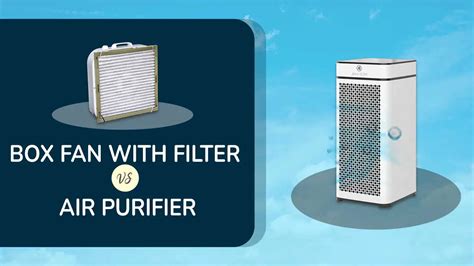Air Purifier Runtime and Filter Lifespan: A Comprehensive Guide
Choosing the right air purifier involves more than just looking at the price tag. Understanding its runtime and filter lifespan is crucial for ensuring clean air and maximizing your investment. This comprehensive guide dives deep into these critical aspects, helping you make an informed decision and optimize your air purifier's performance.
How Long Can My Air Purifier Run Continuously?
The continuous runtime of an air purifier varies significantly depending on several factors:
- Model and Power: Higher-end models with more powerful motors often have longer runtimes on a single charge (for cordless models) or before requiring a power cord (for corded models). Check the manufacturer's specifications for details on continuous operation time.
- Fan Speed: Running the purifier at a higher fan speed consumes more energy and reduces runtime. Lower speeds extend the runtime but may offer less efficient air purification.
- Filter Type and Condition: A clogged or dirty filter restricts airflow, forcing the motor to work harder and reducing the runtime. Regular filter changes are essential for maintaining optimal performance and lifespan.
- Room Size: Larger rooms require more time to fully purify the air, impacting the overall runtime. A purifier suitable for a small room might run continuously for extended periods, while one designed for a large space may require more frequent cycles or have shorter runtimes between power interruptions (if applicable).
How Often Should I Replace My Air Purifier Filter?
Filter lifespan is another critical factor. It's not just about the runtime; a clogged filter compromises air purification effectiveness. Replacement frequency depends on:
- Filter Type: HEPA filters generally last longer than pre-filters or activated carbon filters. HEPA filters capture microscopic particles, while pre-filters remove larger debris, and activated carbon filters absorb gases and odors. Each has a different lifespan.
- Usage Frequency: Constant use naturally shortens filter lifespan. A purifier running continuously in a highly polluted environment will require more frequent filter changes.
- Air Quality: Areas with high levels of dust, pollen, pet dander, or pollutants demand more frequent filter replacements.
- Manufacturer Recommendations: Always refer to the manufacturer's guidelines for recommended filter replacement intervals. They typically provide specific timeframes (e.g., 6 months, 1 year) or indicators (e.g., filter change light) to guide you.
How to Extend Filter Lifespan:
While regular replacement is essential, here are some tips to prolong the life of your filters:
- Pre-filtration: Using a pre-filter to capture larger particles extends the life of the HEPA filter.
- Regular Cleaning: Some pre-filters are washable, allowing for periodic cleaning to remove accumulated dust and debris. Check the manufacturer's instructions.
- Maintaining a Clean Environment: Reducing the amount of dust and pollutants in your home minimizes filter strain.
- Proper Placement: Avoid placing the purifier near sources of heavy dust or pollutants.
What Happens If I Don't Replace My Air Purifier Filter Regularly?
Neglecting filter replacement has several consequences:
- Reduced Air Purification: A clogged filter significantly reduces the purifier's effectiveness, failing to remove airborne particles and pollutants.
- Decreased Runtime: The motor works harder, potentially leading to overheating and reduced runtime.
- Compromised Air Quality: Not only will your air not be as clean, but the buildup of pollutants trapped in the filter could become a breeding ground for bacteria or mold.
- Potential Damage to the Purifier: Overworked motors are more prone to failure, leading to costly repairs or replacements.
How Do I Know When to Replace My Air Purifier Filter?
Many air purifiers have a filter change indicator light or digital display to alert you. However, it's also beneficial to perform regular visual checks. Look for:
- Visible Clogging: Check for a buildup of dust, dirt, or other debris on the filter.
- Restricted Airflow: If the air output seems noticeably weaker, it might be a sign of a clogged filter.
- Increased Noise: A struggling motor often emits more noise than a clean one.
What is the average cost of replacing air purifier filters?
Filter replacement costs vary greatly depending on the model, filter type, and brand. Expect to pay anywhere from a few dollars for pre-filters to several tens of dollars for HEPA filters. It's crucial to factor this recurring cost into your budget when choosing an air purifier.
By understanding your air purifier's runtime and proactively managing filter maintenance, you can ensure cleaner air, maximize your device's lifespan, and enjoy the benefits of a healthier living environment. Remember always to consult your manufacturer's instructions for specific recommendations.

